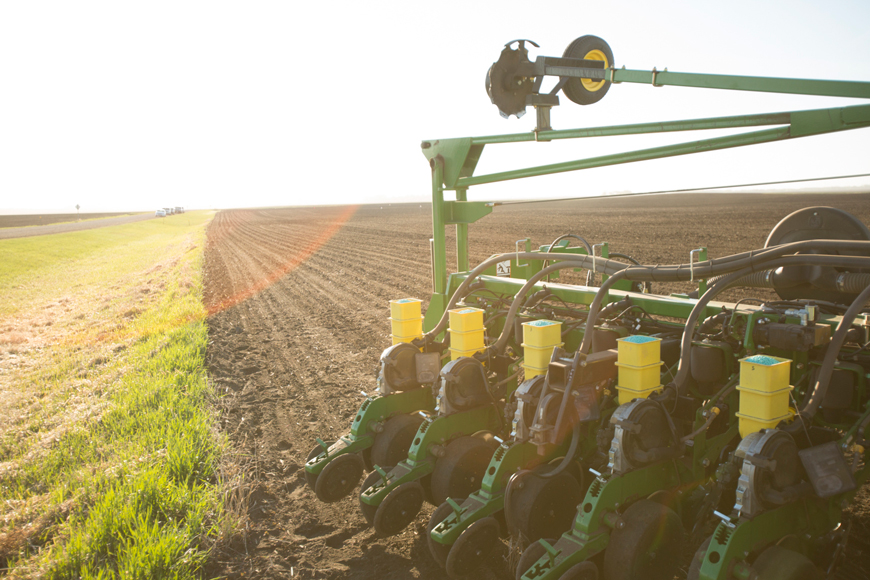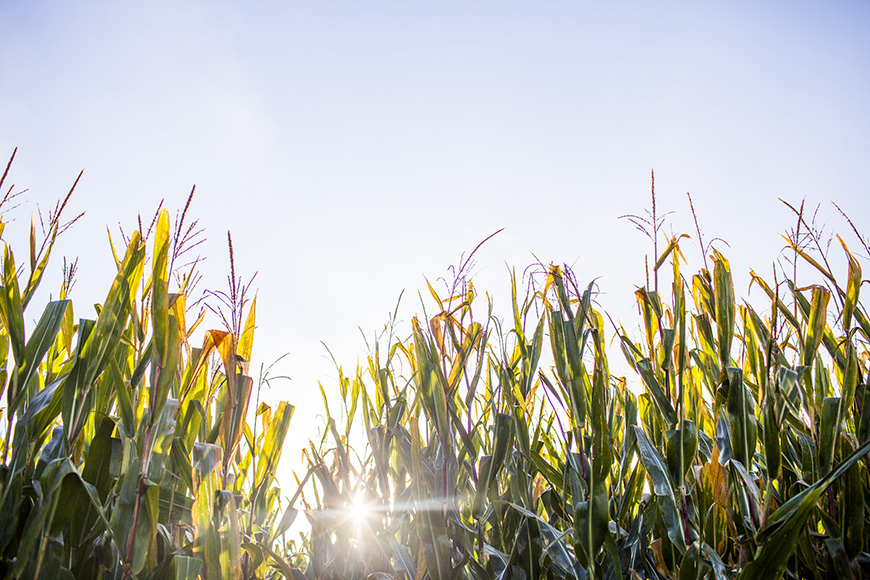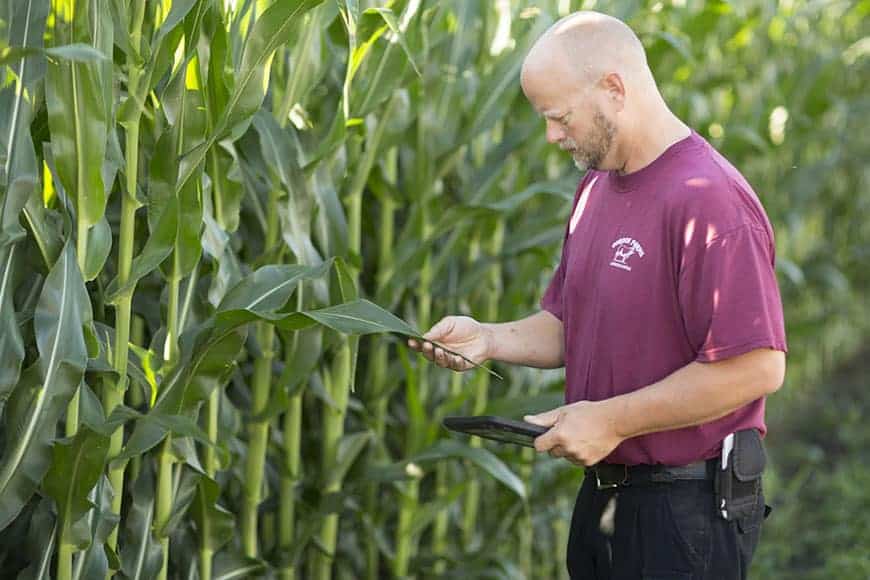5 Tips for Managing Early-Season Plant Stress

Planting is just around the corner. Every decision you make, including your seed purchase and the ground conditions you place it in, can affect the number on the yield monitor at harvest. When seeds start in cold, wet soils, it can lead to early-season plant stress that can impact the rest of the season. While not all plant stresses can be eliminated, several management practices can help mitigate them.
Keep these five considerations in mind as you finalize your spring planting and management plans.
1. Reevaluate Seed Placement and Management Plans.
High-yielding seed genetics and trait packages tend to require more intensive management to maximize their yield potential. You can help mitigate risk by balancing reliable, consistent performers and top-yielding genetics when making seed choices.
From there, work with your trusted advisor to review your seed’s response-to scores, which measure how a selected hybrid or variety will respond to variables like planting population, nitrogen use and fungicide applications. For example, some hybrids respond more favorably to higher planting populations, while others don’t respond as strongly to population. Consider variable-rate planting so you don’t overpopulate or under populate. Ensure your planter is set to drop seed at the proper depth to create optimal seed-to-soil contact and achieve even emergence.
2. Wait For Optimal Soil Temperatures.
It’s easy to feel anxious during the first warm days of spring. You may be tempted to plant early when the soil is close but not quite ready. However, planting in poor soil conditions is more likely to create problems for the rest of the season.
Iowa State University reports that corn may take three weeks to emerge when soil temperatures average 50 to 55 degrees Fahrenheit at the time of planting, compared to 10- to 12-day emergence when soils average 60 degrees Fahrenheit. Plants that emerge quickly are less susceptible to early-season root and fungal diseases and insect damage and are more likely to have even stands across rows.
3. Consider Applying a Seed Treatment.
Due to earlier planting dates, we continue to see an increase in disease pressure from Pythium, Rhizoctonia, Fusarium and Phytophthora, which can be detrimental to the plant’s health and yield potential. A quality seed treatment can help mitigate these early-season stresses.
Warden® CX II seed treatment is the latest innovation in soybean seed treatments formulated to help guard against fungal diseases and insects. When it comes to corn seed treatments, Fortivent® Plus provides control of Pythium and insects and aids in early-season plant growth and root development with the inclusion of zinc. If you’re planting a CROPLAN® hybrid, your seed comes treated with Fortivent Plus seed treatment at no extra cost.
4. Give Plants a Jumpstart to the Season.
Starter fertilizers applied at planting can help stimulate root development and increase nutrient availability to small plants. Zinc and phosphorus, which tend to be more limited when soils are wet and cool, are in many starter fertilizers and are vital to early plant growth.
In addition to starter fertilizer, adding chelated zinc and a plant growth regulator like Ascend2® can help give your hybrids what they need to speed up the germination process. This becomes especially important when planting in cool, wet soils.
When combined with a starter fertilizer, Ascend2 offers a simple, convenient way to enhance early-season corn growth and stress tolerance. Based on multiple years of Answer Plot® trials, corn that received Ascend2 plant growth regulator in-furrow along with starter fertilizer had a 3 bushel per acre yield advantage compared to crops that only received a starter fertilizer.1
5. Don’t Forget to Scout Your Fields.
Once plants have emerged, be sure to scout fields early and often. Taking population counts can help determine if there were germination issues that may require extra attention. Observe plant spacing and growth stage differences between plants to evaluate whether a replant may be necessary.
The first steps you take this spring will affect crop growth and development throughout the season. Talk with your local WinField United retailer about how you can give your crop a strong start.
1 Compared to starter fertilizer alone. Based on over 60 trials across Answer Plot locations in 15 states from 2017 to 2021.
All photos are either the property of WinField United or used with permission.
© 2023 WinField United. Important: Before use always read and follow label instructions. Crop performance is dependent on several factors many of which are beyond the control of WinField United, including without limitation, soil type, pest pressures, agronomic practices and weather conditions. Growers are encouraged to consider data from multiple locations, over multiple years and to be mindful of how such agronomic conditions could impact results. Answer Plot, Ascend2, CROPLAN, Fortivent, Warden and WinField are trademarks of WinField United. All other trademarks are the property of their respective owners.




